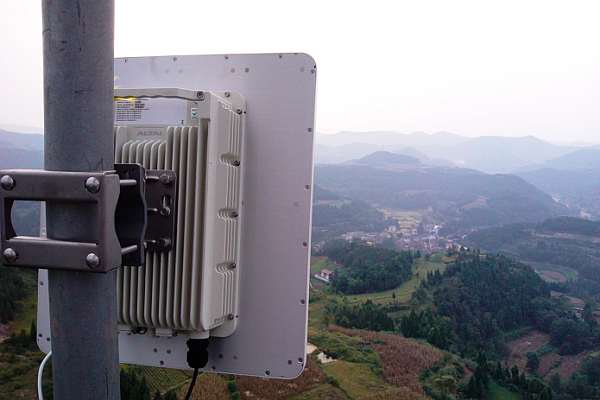Published on the 20/09/2018 | Written by Heather Wright

Rural Connect pumps connectivity out to 300,000ha of farmland…
While the government funded Rural Broadband Initiative continues its rollout, a new Vodafone project with Pāmu – the brand name for state-owned enterprise Landcorp – has just served up improved internet connectivity covering more than 300,000 hectares of farmland.
The three year project, dubbed Rural Connect, is the second largest connectivity project in New Zealand, behind the RBI, Vodafone says, and covers 125 farms.
The project comes just months after then Broadcasting, Communications and Digital Media Minister Clare Curran acknowledged that poor connectivity hampered farmers entering stock movement details into the NAIT system, potentially contributing to the spread of Mycoplasma Bovis.
“Lack of connectivity meant that the system wasn’t being properly used.”
“Lack of connectivity meant that the system wasn’t being properly used,” she said at the Tuanz Rural Connectivity Symposium in June.
But Rural Connect isn’t just about getting connectivity to the farms. The second stage of the partnership will see data collected from rural farms to help predict trends for how farms can perform better across the board and develop with new technology. Pāmu has a partnership with farm management software company, FarmIQ.
Rob Ford, Pāmu general manager for innovation, environment and technology, says “For years farmers have had issues with internet connectivity, this has made them reserved in using online tools aimed to help productivity, communication and health and safety on the farms. But the benefits of the new connection to farms and employees are continuing to grow.”
Landcorp owns more than 100,000ha of New Zealand farmland and manages an additional 200,000ha, many in areas with ‘very poor’ internet connectivity. Production on the farms includes milk, beef, lamb, wool, venison, deef velvet and wood.
The new connections have already had benefits for farms, according to Pāmu East Coast business manager Victoria Magazinovic, who says farms are now using weekly video conferences to catch up with how things are tracking at other farms.
“The video conference is such a simple piece of technology but now it works really well having a fast-enough internet connection, so we can get on and get the job done,” Magazinovic says. “Vodafone has also helped us extend the connection to the woolshed so the weights and EID information can be uploaded to Farm Management System in real time, allowing other farms to see our results.”
Earlier this year a Federated Farmers survey highlighted a continuing divide between RBI end goals and the reality of New Zealand farming, with ‘considerable frustration’ over rural connectivity.
Within 24 hours of launching the survey, more than 500 responses were received (and before you ask, Federated Farmers provided a phone number for those unable to complete the survey online!)
Federated Farmers vice-president Andrew Hoggard says “Technology is a huge and increasing facet of modern farming. If the apps and programmes on farmers’ digital devices drop out or run at crawl-speeds, they simply can’t run their businesses efficiently.”
Early results from the survey showed just under 60 percent of respondents were using apps to aid their farm business, no matter what agricultural sector they were in.
The survey also showed that while only 2.3 percent don’t have internet, with 46.6 percent of farmers using wireless broadband and 24.6 percent still on copper, a full 52 percent are surviving on a data cap of less than 100GB per month, with 7.9 percent ‘often’ exceeding the data cap.
Phase one of the RBI deployment was completed earlier this year, with 154 new towers built and 387 existing towers upgraded. Copper lines were also upgraded.
With more than 123,000 of the 305,000 potential users now connected to RBI 1 network – around 40 percent – the RBI uptake is on par with that seen in its urban counterpart, the UFB project, where uptake soared 10.1 percent to 44.1 percent in the quarter to June.
Phase two of RBI will see another 70,000 rural households and businesses receiving new or improved broadband. RBI 2, and the accompanying Mobile Black Spot Fund bills are expected to be ‘substantially’ complete by the end of 2021.



























